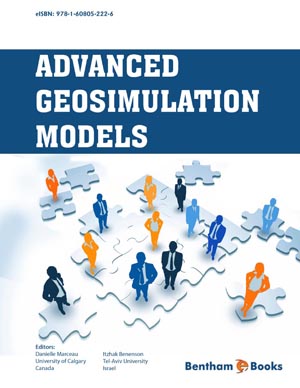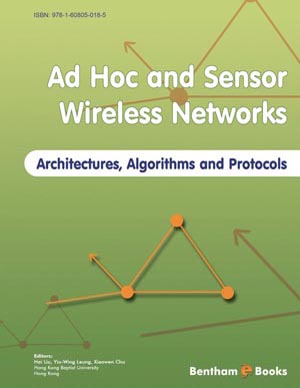Abstract
Traditional cellular automata (CA) based models of land use change represent only local processes. Processes operating over longer distances are captured in traditional spatial interaction based models; these are then linked to the CA so that the linked models cover a range of scales. An alternative approach presented here includes processes operating at all scales within the CA model itself. This is done by increasing the size of the cell neighbourhood to include the entire modelled area, so that long range effects are included in the cellular transition functions. In order for this approach to be computationally reasonable, a variable grid is used, so that as the distance from the centre of a cell neighbourhood increases, the size of cells in the neighbourhood also increases, with cells of successive Moore rings, n, of a cell neighbourhood scaling as 3n from the basic raster cell size. Since all Moore rings but the smallest consist of composite cells, in general the state of neighbourhood cells must be characterized by a vector of activity levels, where each cell of the raster level is assigned a quantity of the activity corresponding to its land use (e.g. each residential cell is assigned a population). Tests of this approach show that it gives clearly better predictions of both land use patterns and regional activity levels (e.g. regional populations) when compared with conventional approaches. It is also “riskier” in the Popperian sense and thus more powerful as an explanatory tool.


















